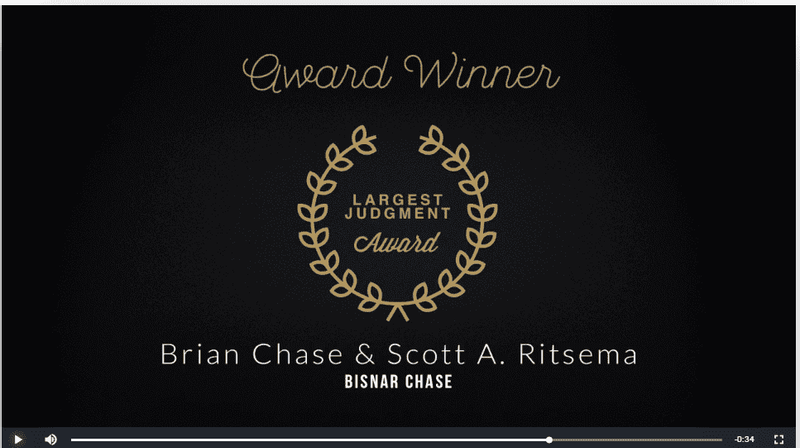How Animation Videos Can Help a Traumatic Brain Injury Case?
How Animation Videos Can Help a Traumatic Brain Injury Case?
The Newport Beach personal injury law firm of Bisnar Chase recently secured a $16 million judgment for Eli Hastings, who was just 3 years old when he suffered a traumatic brain injury in a Sacramento car accident. According to court records, the incident occurred the morning of Sept. 4, 2013, when the Hastings family was traveling southbound in a 2002 Ford Escort on State Route 99 about 300 feet north of 8th Avenue in Sacramento.
All the vehicle’s occupants were wearing seatbelts. Eli was sitting in the second row in a car seat behind his mother, Hannah Hastings. As their vehicle slowed down for traffic, they were hit from behind by a 2005 Honda Accord driven by Stephanie Mott. The rear impact caused Hannah Hastings’ seatback to collapse rearward. She flew back and her head and/or body bashed into her son’s head causing a severe traumatic brain injury. You can view the video here.
Visual Aid
Bisnar Chase filed product liability lawsuits on behalf of the client and his family against Ford, the automaker, and Toyo, the manufacturer of the defective seat. Both companies settled with the plaintiffs. The firm also filed a personal injury lawsuit against the driver of the Honda, Mott, and her employer, the County of Sacramento. That case went to a jury trial and that’s when DK Global, full-service interactive media provider that does animation work for law firms, came into the picture.
Chase says a case that involves a traumatic brain injury needs visuals. “Although at the accident scene, you could see that the injury was serious and catastrophic, a year later (Eli) looked fine. You really need the visuals to explain to jurors how serious an injury can be inside the skull, which looks like it’s in good shape.”
Helping Translate Complex Terms
The challenge with presenting animation images is to ensure that they are admissible as evidence. In this case, even though the defense attempted to exclude the animation, Chase said he was able to show the judge how it helped explain the seriousness of his client’s injuries. The judge admitted it into the evidence and Chase says he used it in every phase of the trial. It was particularly helpful when an expert had to explain the injuries to jurors.
“When you have visuals, it translates complex medical terms into English,” Chase said. “The expert said he has never used anything life this before and he got to explain this to the jury in a way that he knew he was connecting with them.”
DK Global went above and beyond to look at medical records and spent hours talking to doctors and neurosurgeons. Their animation helped Chase and his team overcome the biggest challenge presented by the case – proving Eli’s traumatic brain injury because when the case went to trial, he appeared and acted normal.
“Thanks to this evidence, we were able to help provide lifetime care and treatment for Eli,” Chase said. “And that is tremendously satisfying.”









